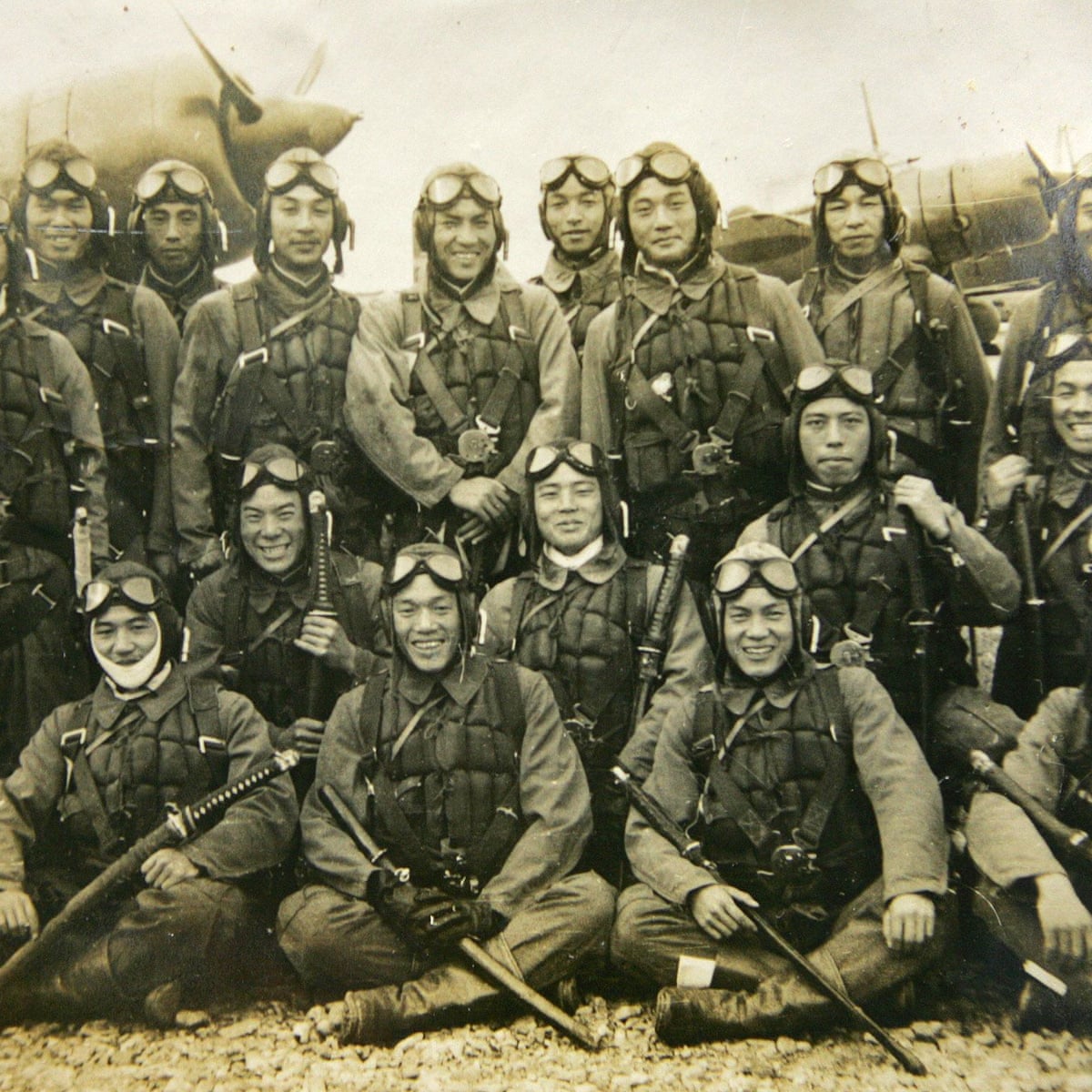Why did Japanese leaders attack Pearl Harbor?
In those days the US was ever so slightly pro-Japanese when torpedoes got Japan on the side of the Allies against Germany, Turkey and Austria Hungary in World War I. However all good things must come to an end. Both US and Japan had their eyes on the Pacific and both were racist on top of it. In the latter half of the Nineteenth Century and the first half of the Twentieth Century Japan rapidly developed. It considered itself superior to all the oriental countries environing. Unfortunately, the US as well as the Europeans viewed themselves as superior to Japanese, followed by Chinese, Indians and worse yet, Japanese, for which the Japanese had to kill their fellow orientals (Asian people). American immigration laws mirrored that with Europeans in and Asians out.
In 1931 Japan invaded the Manchurian part of China, then later that invasion expanded and gradually took most of the Chinese coast. Going full force in Europe, World War II had spread to Europe in a big way in 1940 when Germany defeated France. In 1941 Japan also took the French colonial province of Indo-China (Vietnam, Laos and Cambodia today). This was noted by the US, UK and the Dutch and they embargo’d oil shipments to Japan in the fall of 1941. That put Japan in a panic. Neither could it give up Indochina which it thought would be too embarrassing, nor did it have more than a few weeks of oil left.
The Philippines being taken over by the US saw a Navy of the Empire of Japan start making war plans against the US Navy. Battleships used to be the US most important naval weapons as were the Japanese ones. They were fitted with the heaviest guns that each country could make and were supposed to 'stand off' any attack, backed by heavy armour. The US wanted to keep its biggest concentration of battleships at Pearl Harbor, Hawaii, the closest major American naval port to the Japanese Empire as the later represented a threat to the former. It was not wise. It was completely exposed. However many hadn't quite figured it out yet, battleships were obsolete. On some concept Britain someone thought about using planes of a new type of ships – aircraft carrier to attack battleships. The aircraft would get near the enemy and the carriers would stay far away. Attacking battleships was cheaper than attacking battleships, because a few aircraft were cheaper than battleships.
The U.S. and Japanese Navies learned the value of an aircraft carrier. So vociferous did the commander of the US Navy’s Pacific Fleet such oppose Roosevelt’s decision to keep battleships at Pearl Harbor that he was forced out. But the British showed the potency of the aircraft carrier with their punishing bombardment of the Italian fleet in Taranto, in 1940. One carrier attacking at night sank a battleship, damaged two more and some other planes damaged some other ships.
The Imperial Navy in Japan decided if one carrier’s planes could do that, what could the planes of a group of carriers with up to date aircraft do? With six carriers they formed something called the First Air Fleet. When Japan’s oil was embargoed, the Japan’s military decided the only way out would be to invade the Philippines, Hong Kong, Indonesia (where the oil was), Malaya and Thailand. The decision the Japanese made to prevent an American counterattack was to destroy all the American battleships at Pearl Harbor. The Japanese wanted to take out the US carriers in the harbor as well, but since the US had a little bit of warning they got the carriers out to sea and were scouting for the enemy.
In other words, Japan used religion as an American weakness, because the Japanese knew that the only day of the week the entire fleet was in port was Sunday. It came Sunday, December the 7th 1941; in the morning. In the harbor they knocked out five of the eight battleships, two of them permanently, while damaging three more. Three cruisers, some destroyers and other ships were also damaged. But they didn’t get the carriers (or the fuel dumps, repair docks or headquarters buildings) — and they didn’t bomb the battleships after all.
Then Japan went on a run, defeating all that it met, for about six months. From then it slowly lost everything. Yet, ironically, before the attack the US had begun to build an even larger force of twenty four carriers. Not surprisingly, Japan never caught up.
Of course Japan lost it's empire territories just like the US, etc. all of the empires lost theirs, except Russia and China, the two ‘weaklings’ of early Twentieth Century. The last two empires stay the same.
